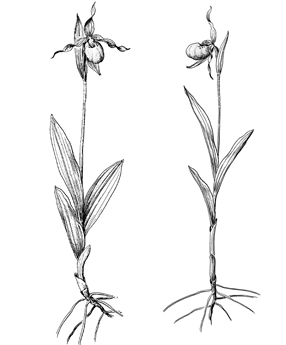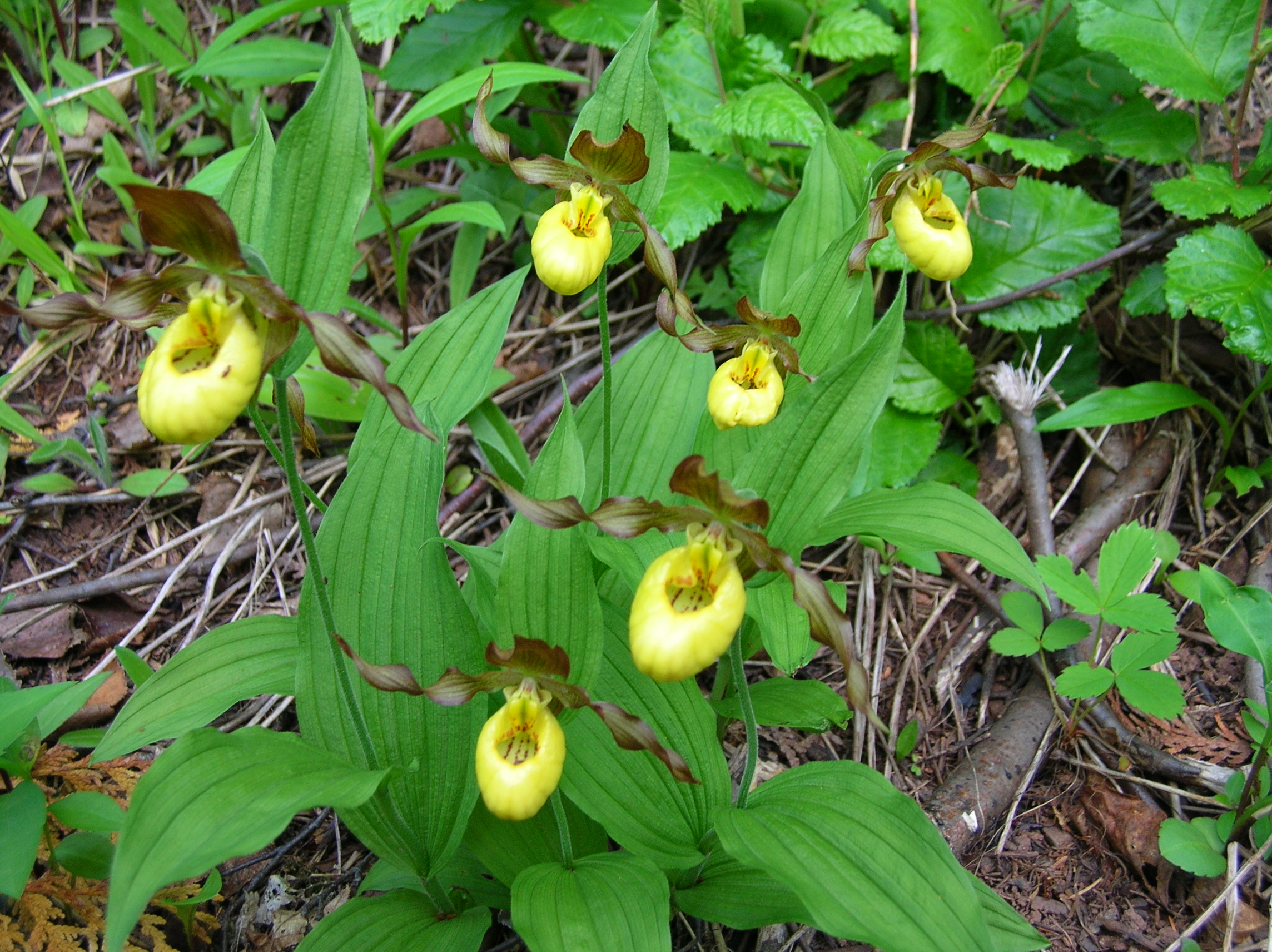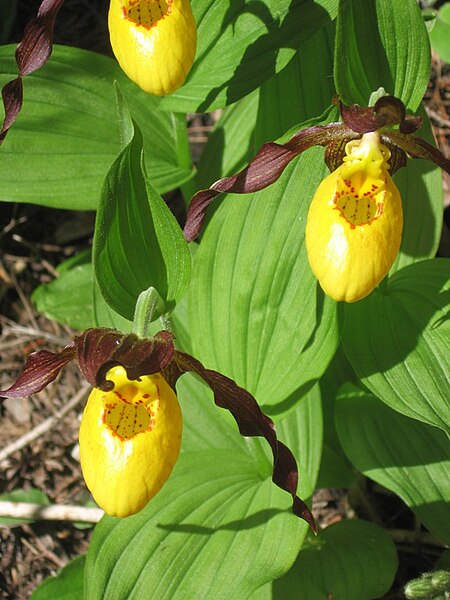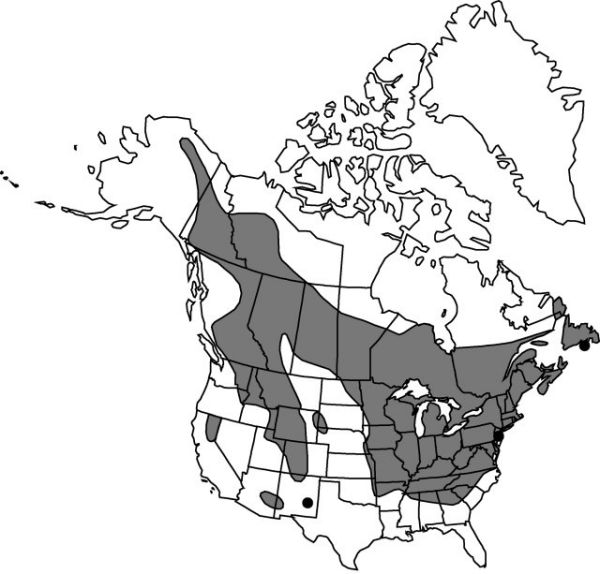LADY SLIPPER
By: Sherry Poitra

Introduction
I've chosen to do research on the Lady Slipper because this plant grows wild in the forests and surrounding wild uncultivated fields where I come from. North Central, North Dakota about 10 miles south of the Canadian border. I've always been fasicanted by this plant. The lady slipper is scattered throughout the US and Canada. It is also the state flower of Minnesota, the pink varitey. The Lady slipper is also known as the Moccasin Flower in the U.S. because of it's resemblance to a shoe or moccasin.
Scientific Classification
Kingdom: |
|
(unranked): |
|
(unranked): |
|
Order: |
|
Family: |
|
Subfamily: |
|
Tribe: |
|
Subtribe: |
|
Genus: |
|
Species: |
C. parviflorum |
General Description
Lady slippers stems are 6-16 inches tall, leafy throughout; leaves are mostly sheathing, 2 1/2 to 7 inches long, up to 2 3/4 inches wide. Flowers are subtended, exceeded by leaflike bract; sepal and petals are between greenish-yellow and brownish-purple, slightly twisted. Petals are up to 1 3/4 inch long; lip 3/4 inch long, pouched, yellow, purpleish around the orifice.

Climate
It grows in bogs and wet forests, low moist areas. The C. parviflorum prefers deep shadowy woods and thickets. Lady slippes are more common on shaded, cool, north facing slopes. Soil moisture may be saturated at times to very dry later in the growing season. There are a greater number of individual plants found in perennially moist to saturated soils.
 |

|
 |
Growth
Cypridedium parviflorum is a long living perennial that is restricted to calcareious derived soils. The C. parviflorum life cycle is associated with mycorrhizal fungi, which are required for survial of the seedlings.Very little information is know about the ecology or biology of C. parviflorum. Developement is slow for the lady slipper. First roots form in the Autumn of the first year. It continues to gor and produce additional roots throughout the second year. Root formation and growth continue up to the fifth season. The first leaf may appear anytime from the first to the fourth year. The flower develops in May to late June and remain alive for up to 3 weeks or 11 to 17 days. Most flowering plants have seeds with a seed coat, embryo, and food supply in endosperm. The seeds mature 3 to 4 months after being fetilized, lack of food source to sustain the embryo after germinaiton. They depend on fungi throughout its life cycle. They m ay be underground for several years before appearing above ground, where they may remain vegatative for several more years.
Geographical Location
 |
Cypridedium parviflorum is found throughout the United States and Canida. |
Resources
http://en.wikipedia.org/w/index.php?title=Cypripedium_parviflorum&oldid=313329510
http://plants.usda.gov/java/profile?symbol=CYPA19
http://www.fs.fed.us/wildflowers/beauty/cypripedium/cypripedium_parviflorum.shtml
http://wisplants.uwsp.edu/scripts/detail.asp?SpCode=CYPPARvPUB
http://www.efloras.org/florataxon.aspx?flora_id=1&taxon_id=242101551
http://www.fs.fed.us/r2/projects/scp/assessments/cypripediumparviflorum.pdf